|
Mar/Apr 2020 edition Issue #9 AutoMobilia Resource Magazine Tony Singer The Artistic Challenge of Framing a Vintage Poster Before we begin, I must point out that the three framed posters, in this article, are part of my personal collection, and are NOT for sale. “Cap d’Antibes” is probably my all-time favorite, and is from the 1930s. If ever available one of these would usually be in the $25-$30K range. I’ve only seen two others. “Automobiles Richard Brasier”, celebrating the car’s win of the Gordon Bennet trophy, is also incredibly rare, and is just one of two I’ve ever seen - this fine example and one awful example. The current value is likely $30-40K. Lastly, “Circuito di Milano” is usually found in a 2-sheet version, and in the past few years one sold at auction for about $65K. Again, these are not for sale, but I am using them as excellent examples to illustrate the challenges of properly and artistically framing. When you have any piece in this value range, you would be doing a great disservice to the art if not properly framed. Having acquired a fine poster, the next step is to have it framed for display. The following thoughts, and photos, show a variety of approaches that I have taken in the past few years. I am focused on the look and colors of the poster, and take into consideration internal elements that I wish to enhance and/or call attention to. The first step is in finding a fine art framer who is experienced in archival framing techniques. UV treated acrylic is the way to go for modest to large pieces, and all the materials used need to be acid-free. Direct sun is to be avoided at all costs, and try to be cognizant about how much light the poster will be exposed to.
These 3 framings, tend to work with the colors within the poster, to create a coherent look, which is what you want. The art itself should be the primary focus of what needs to be paid attention to. Another approach is using mat board, which generally has color on top and white inner layer. One can have this straight cut, a bevel edge to show the white, or a reverse bevel to hide it. In all cases, I chose to mat to the edge of the poster (two examples below). Lastly, one may decide to by-pass a mat and pick a frame that works well with the colors, design, and style of the poster (five examples below). Fine frames are not cheap, and prices are all over the place. What you see in these photos range from about $300-$800, depending upon size, mat, and framing chosen. Clearly, a fine poster deserves to be conserved/preserved in the proper manner. The exercise should be one where creativity will enhance the presentation, adding to your ownership pleasure. Tony Singer To read more great columns like this one from automotive poster expert Tony Singer...
|
Vintage Auto PostersTony Singer, the owner of Vintage Auto Posters and Automobilia Monterey International Expo writes about finding, preserving and collecting Vintage Auto Posters. Archives
October 2021
Categories
All
|
Home
|
Subscribe
|
|
Automobilia Resource LLC
1217 Cape Coral Pkwy East #178 Cape Coral, Florida 33904 Main office: 954-579-5280 Subscriptions: 224-558-8955 Editor: 631-258-9887 |
Copyright © 2023 Automobilia Resource LLC. All Rights Reserved

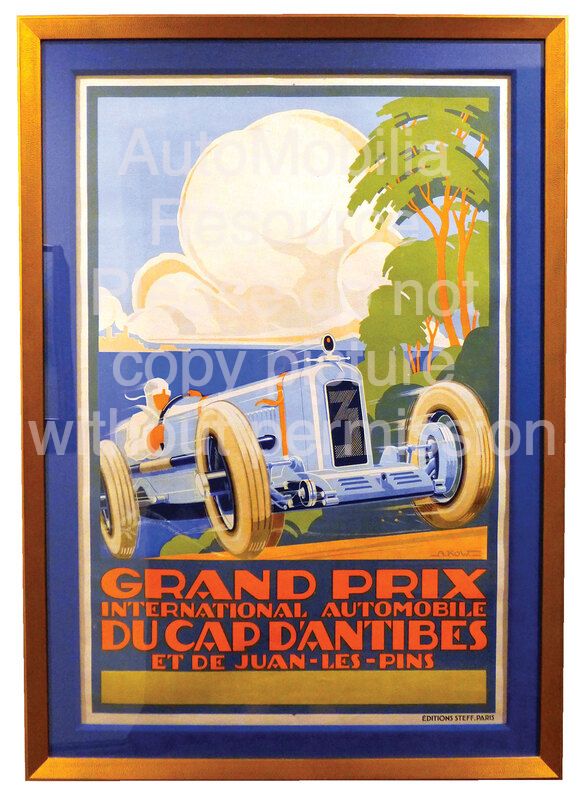
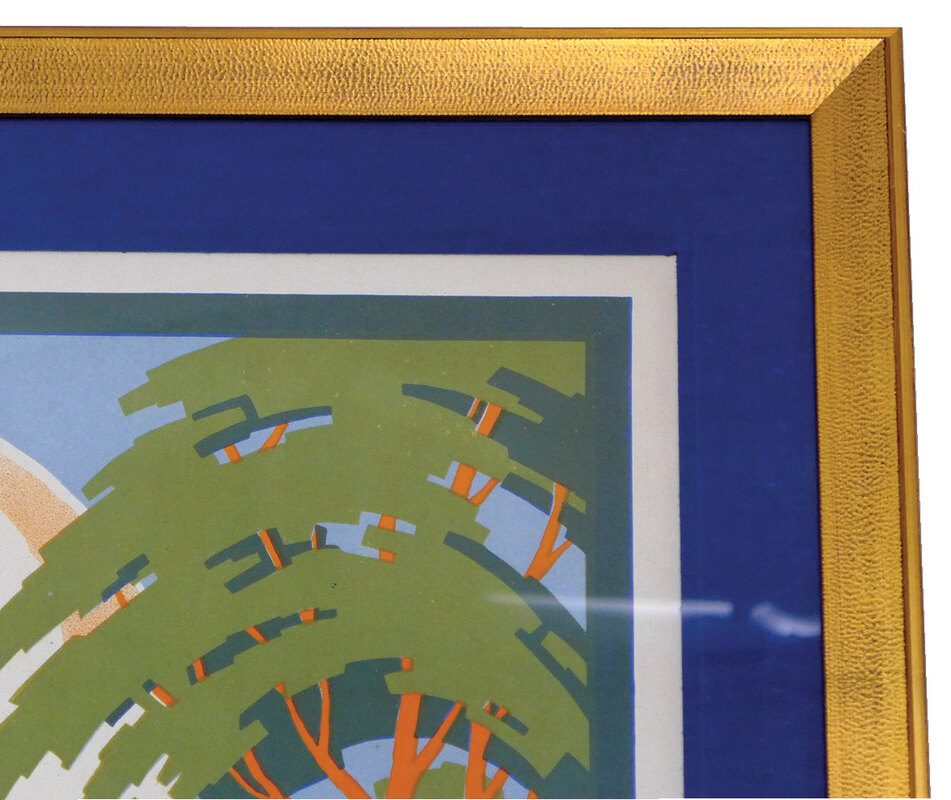
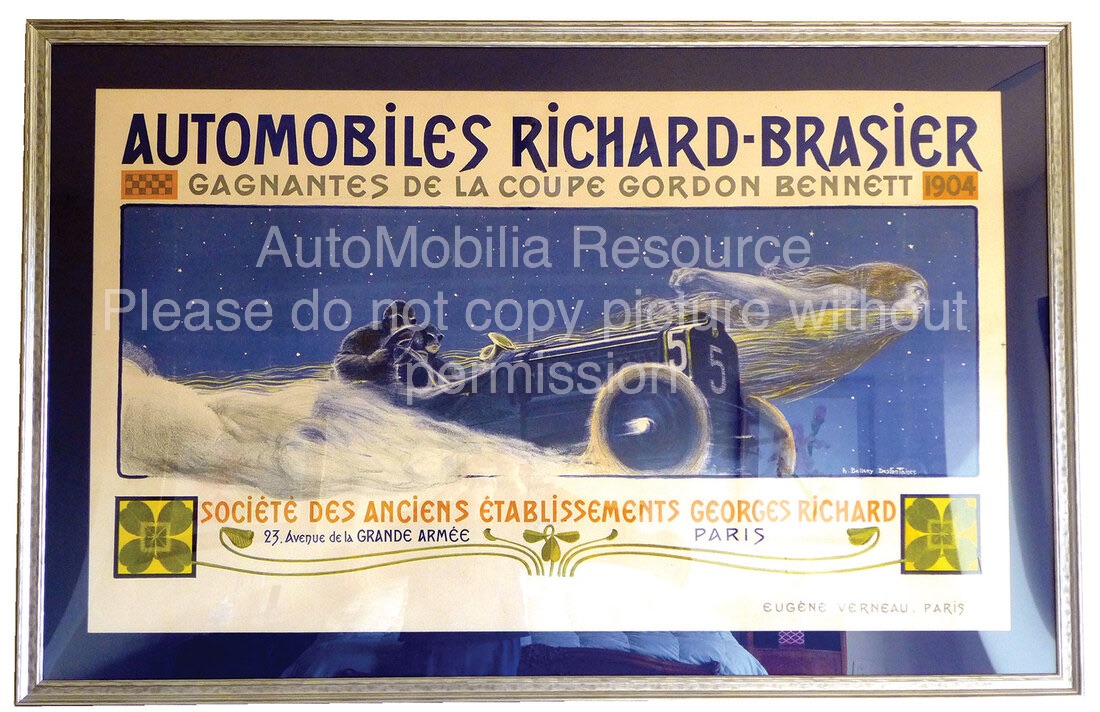
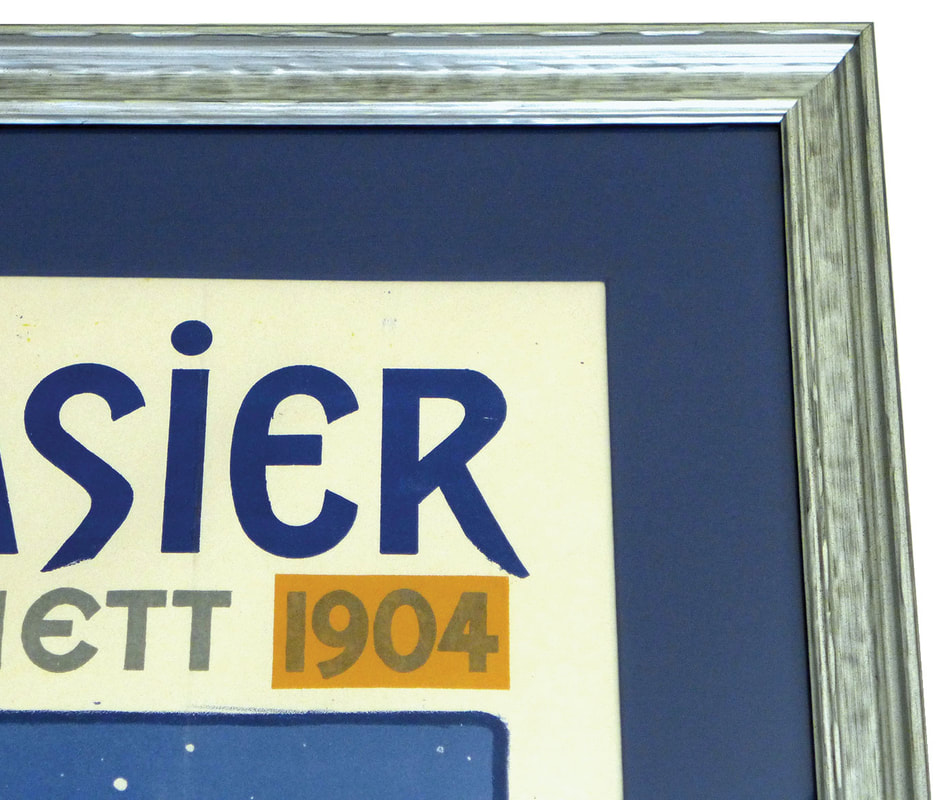
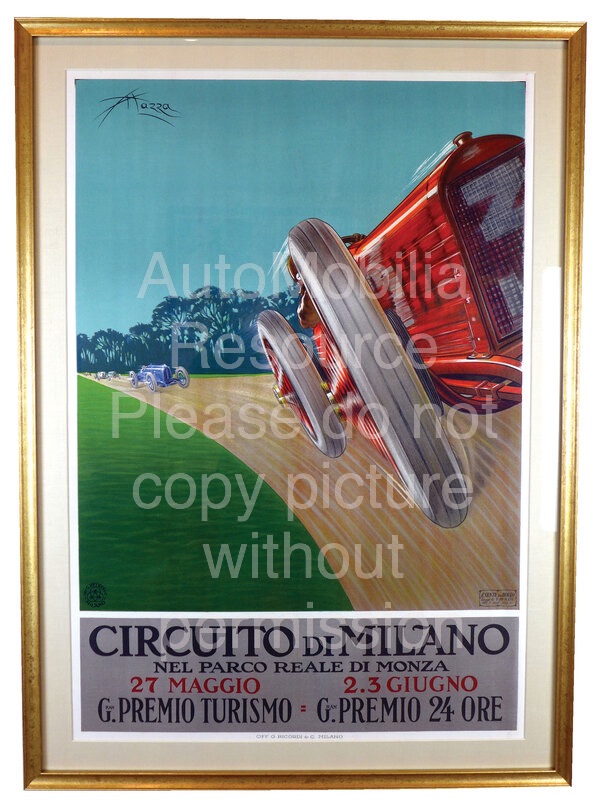
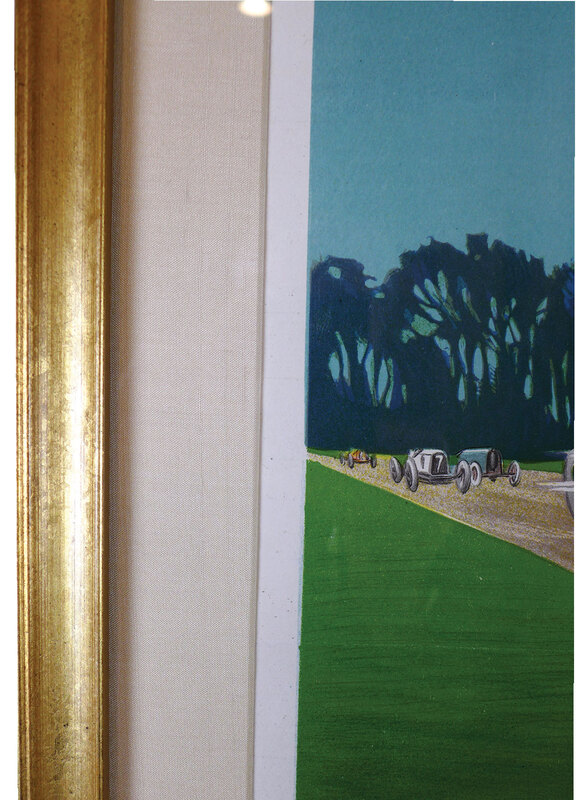
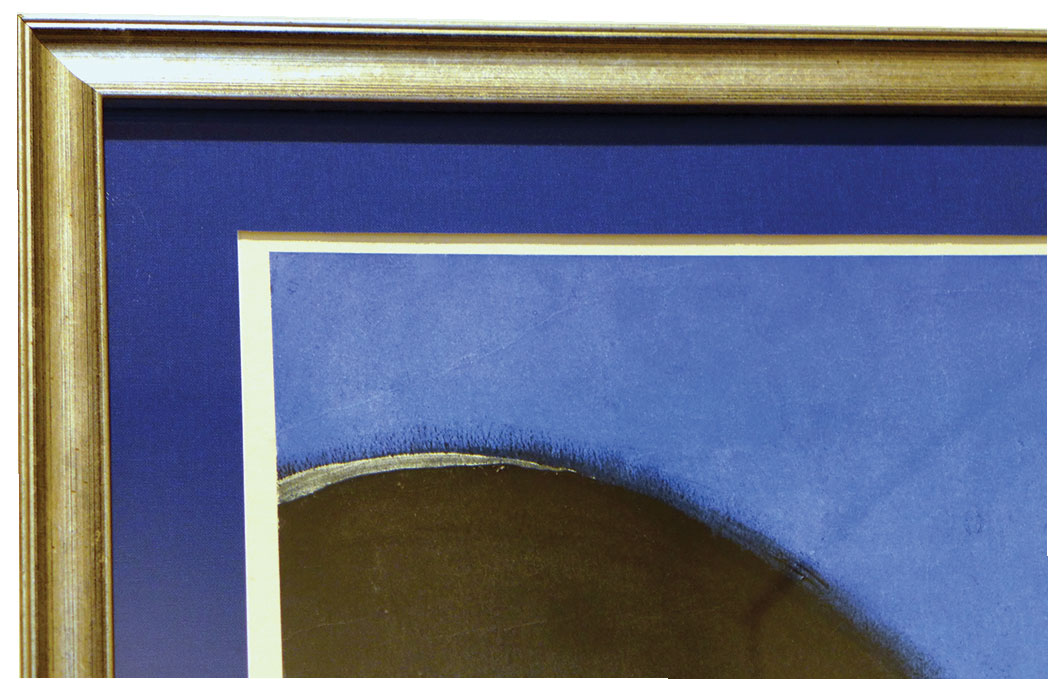
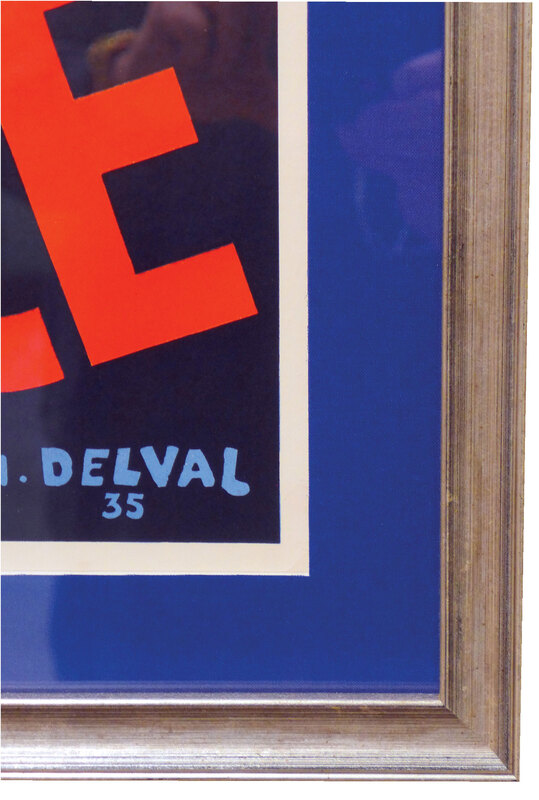
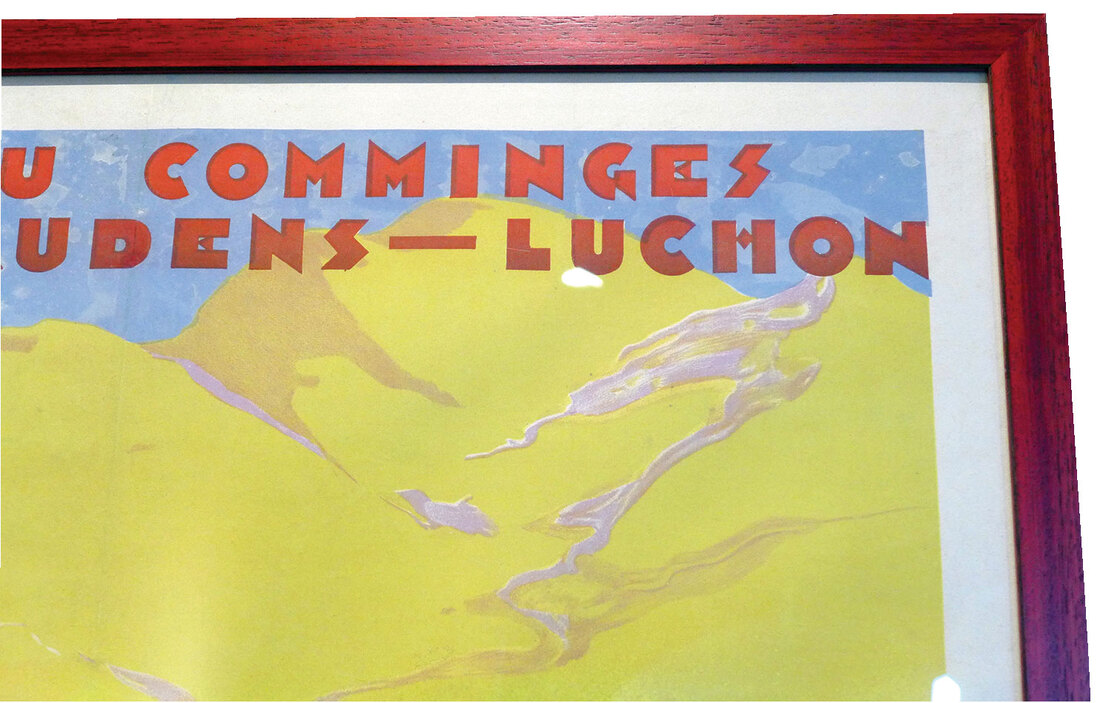
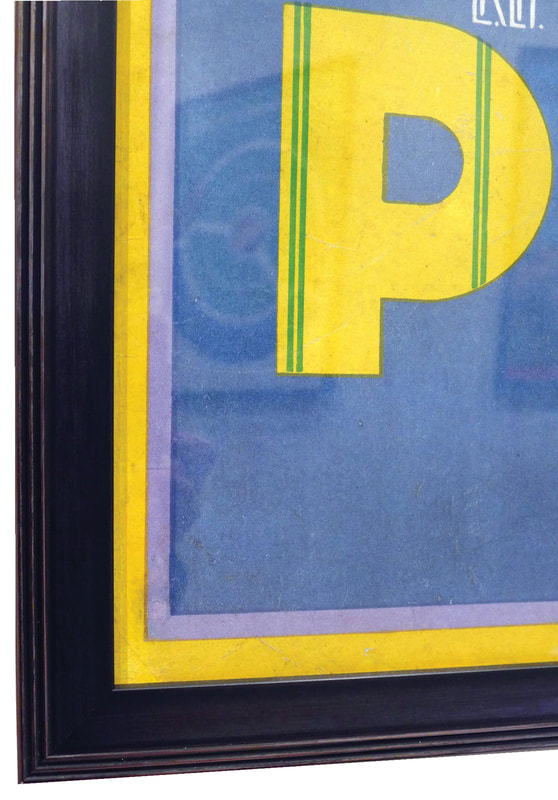
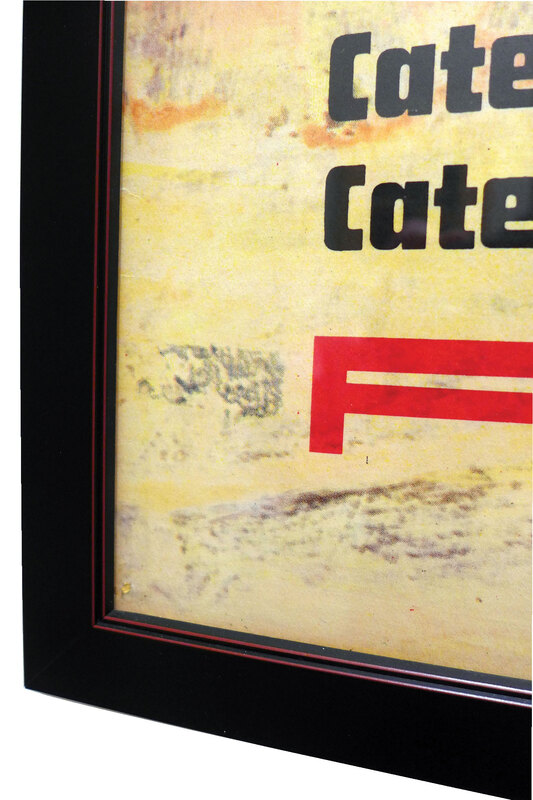
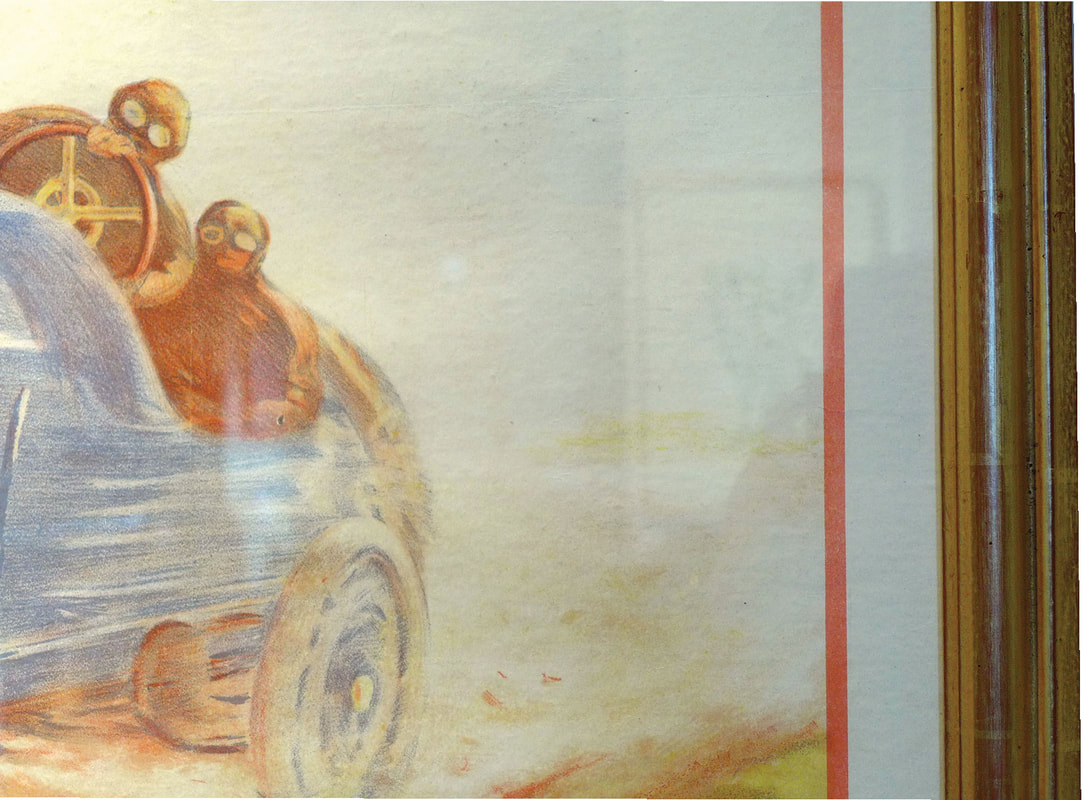
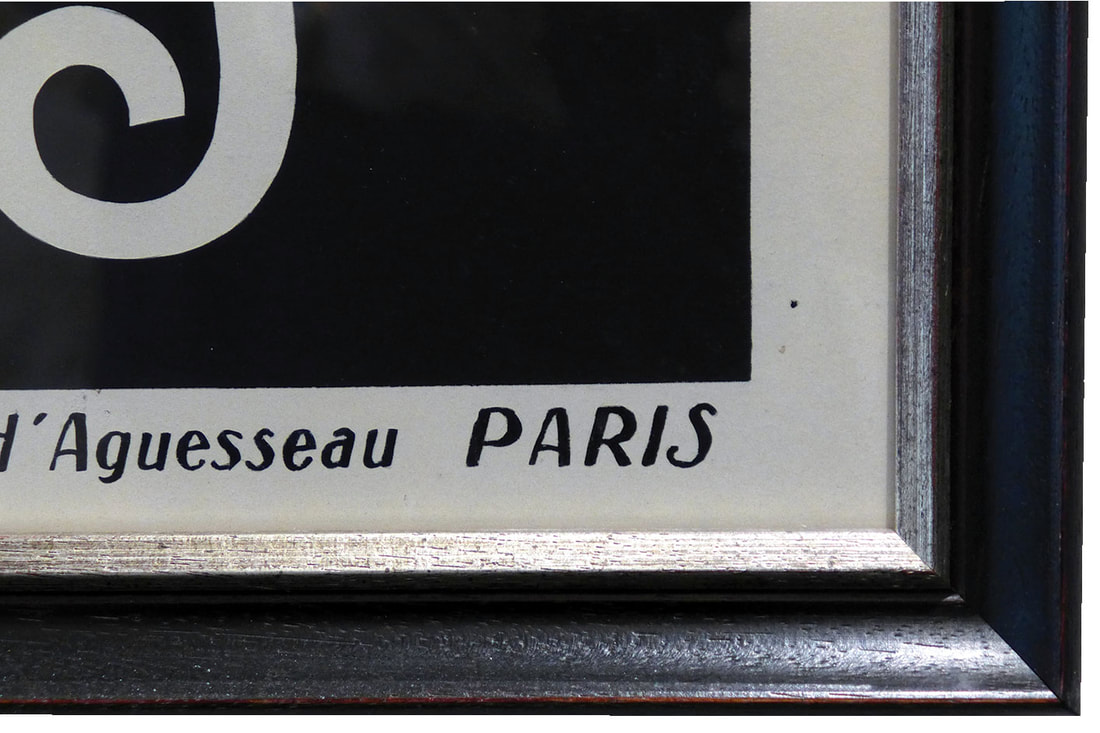
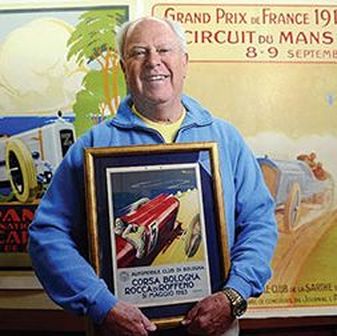
 RSS Feed
RSS Feed